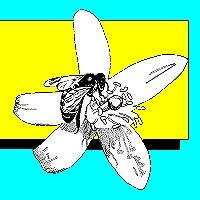APIS Volume 19, Number 4, April 2001

eZine lover (@eZine)
Published in
APIS
· 11 Nov 2023
In this issue More on Honey Types and Standards: Queen Problems: Honey Locator: Online Guide to Honeys A Diagnostic Service At Last: Determining Tracheal Mite Resistance New Turkish Bee Journal: Smrd Honey Bees: Breakthrough in Varroa Tolerance The Varroa Species Complex: New Strategies to Control Varroa destructor Are Non-Hygienic Queens Now Passé? MORE ON HONEY TYPES AND STANDARDS The article on honey types proliferating in Brazil in last month’s issue brought a comment from Dr. Bernard Vaissiere that the nectar potential of a plant may be more associated with its pollination situation than its botanical classification. Thus, there are...



